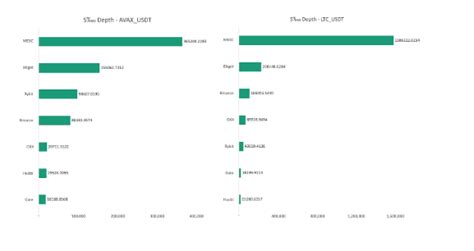“Fractured Futures: The Volatile Allure of Cryptocurrency Trading”

Cryptocurrency trading has become increasingly popular in recent years, with millions of people around the world investing in digital currencies like Bitcoin and Ethereum. However, as market volatility increases, many traders are now turning to alternative forms of trading that offer a safer and more predictable environment.
One such alternative is futures trading, which allows traders to hedge their positions against price fluctuations without actually owning the underlying asset. Futures contracts have become increasingly popular in recent years, especially among institutional investors looking to diversify their portfolios.
So what are the advantages of futures trading? First, they offer high levels of liquidity, and most platforms offer 24/5 margin and order types that suit traders’ specific needs. Additionally, open-ended futures contracts typically have shorter settlement periods than spot contracts, which can make them more attractive to traders who need to make trades quickly.
However, despite its advantages, trading in open-ended futures has become increasingly volatile in recent years. One major problem is that market makers are often unable to effectively hedge their positions due to high liquidity requirements and tight margin calls. This can lead to wild price swings and increased volatility, making it difficult for traders to manage risk.
Another problem with open-ended futures trading is that they are increasingly dependent on leverage, which can magnify both profits and losses. While some traders see this as a necessary evil, others see it as a recipe for disaster, especially for those new to crypto trading.
To mitigate these risks, traders should always do their own research and carefully consider the terms of the contract before deciding to trade. They should also be aware that market conditions can change quickly and prices can fall quickly, even with high liquidity and short settlement periods.
In recent years, trendline analysis has become a popular tool among traders looking to identify potential trading opportunities. Trendlines are simple technical indicators that plot the highest points of price movements over time compared to the lowest points, creating a straight or curved line that serves as a guide to future price movements.
Trendlines can be used in a variety of ways, from identifying support and resistance levels to predicting price reversals. They are especially useful when combined with other technical indicators, such as moving averages and the relative strength index (RSI), which provide additional context and insight into market behavior.
Some traders also use trendline analysis to identify potential trading opportunities based on the relationship between price movements and other market factors, such as economic indicators or news events. For example, a trader might look for trends that form near a major support level or resistance zone to take advantage of a potential price reversal.
In summary, while futures trading has its benefits, it is not without its risks. Traders should always be aware of the potential market volatility and risks associated with leverage, as well as the importance of doing their own research before entering into a trade. Trendline analysis can also provide valuable insight into market behavior, but traders should use these tools in conjunction with other technical and fundamental factors to make informed trading decisions.
As the cryptocurrency market continues to grow, it will be interesting to see how open-ended futures trading adapts to changing market conditions. Do the benefits of liquidity and predictability outweigh the risks of volatility caused by leverage?
